Say goodbye to dense, dry gluten-free baked goods, and find the best gluten-free flour for baking! We’ll teach you the difference between gluten-free and regular flour, how to measure it, the best way to use different it, and more to make gluten-free, allergy friendly baking a breeze!
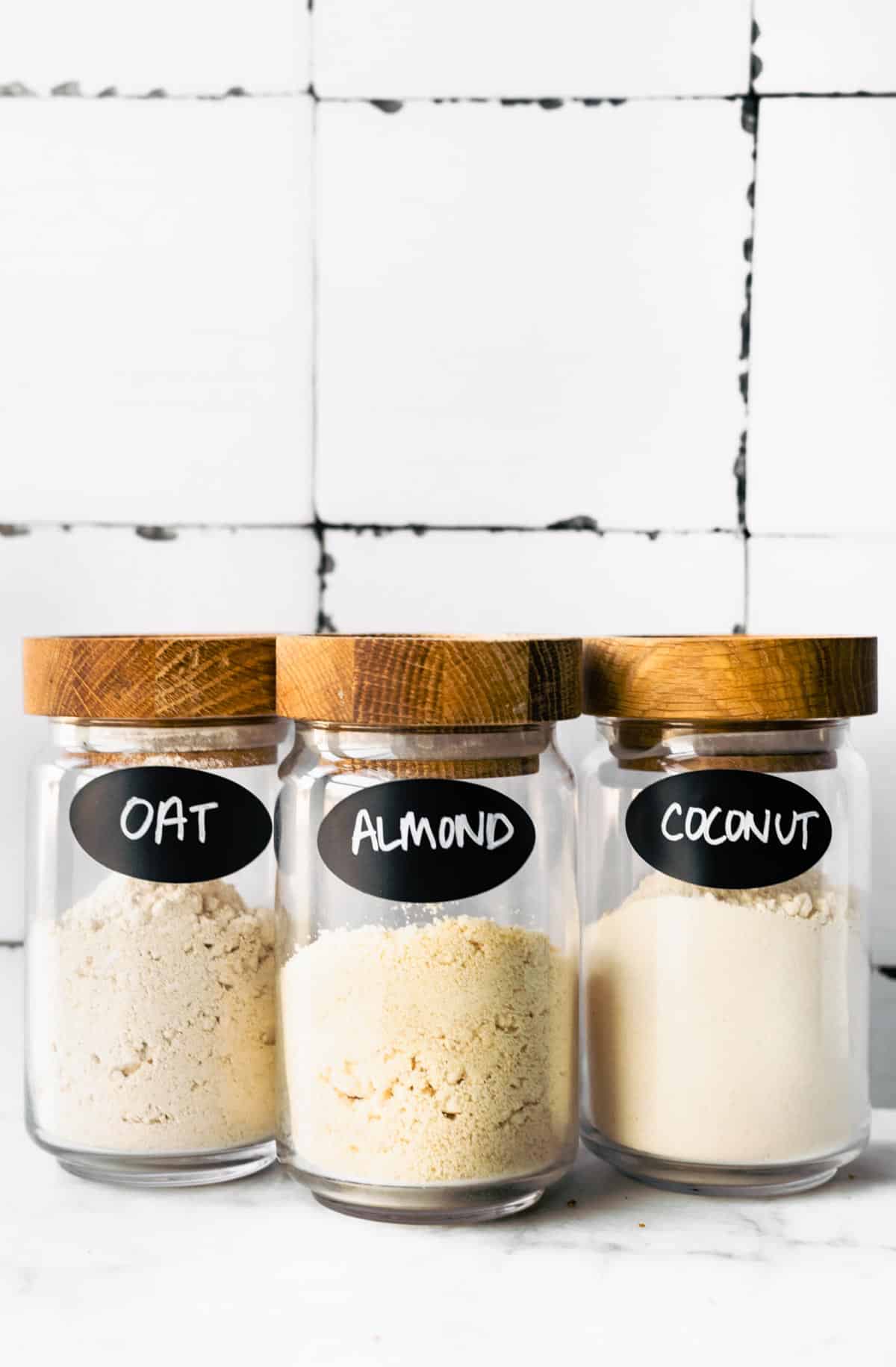
Is Flour Gluten-Free?
Flour is defined as being a fine soft powder. (Source) That means that any ingredient that has been ground down into a smooth texture can be considered a flour. However, whole wheat or wheat flour is the only type of flour that can be listed as such on nutrition labels. All other varieties must be specified. For instance, they may read as “coconut flour” or “almond flour” but will never be listed as plain flour. (Source)
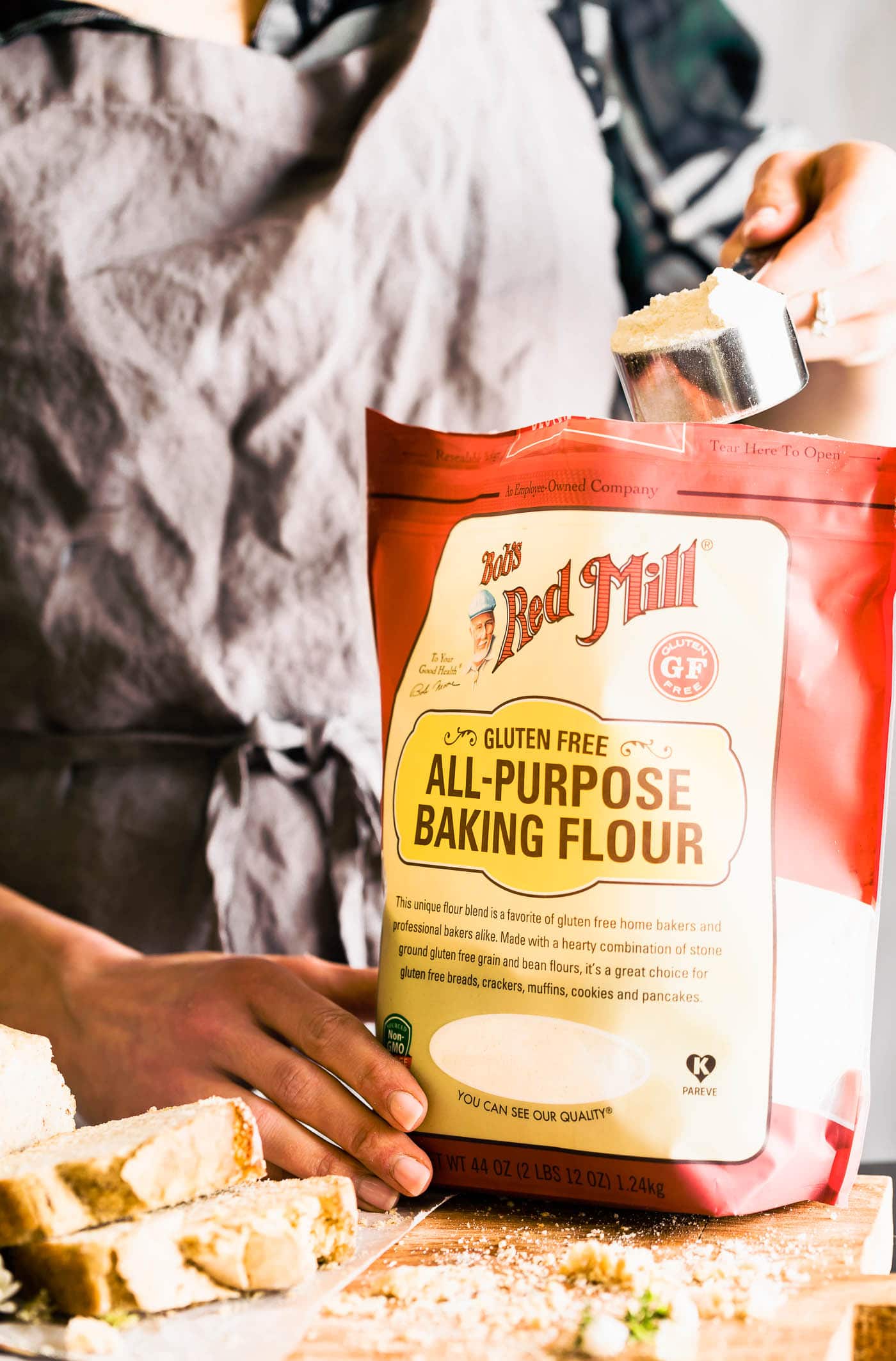
That said, standard wheat flour including cake flour, all-purpose flour, and bread flour can have anywhere between 7-14% gluten. As a result, it is never gluten-free. However, there are many gluten-free flour alternatives suited for all diet types that yield the same fluffy, tender baked goods we all love!
Types of Gluten-Free Flour
One peruse down the grocery store aisle and you’ll find endless items with the word flour on their label. It can be overwhelming! How is one supposed to know what is gluten-free and what isn’t? In many cases, the packaging will contain a gluten-free label. However, to make things easy, we’ve compiled a general list of the most common gluten-free flours below. They include:
The Best Gluten-Free Flour For Baking (Our Favorites)
For simplicity’s sake, we are only discussing the best gluten-free flours for baking. The rest are great to have on hand but can prove tricky to use. For the best results, we reach for the following options.
Almond Flour
What It Is: A gluten-free flour made from whole blanched almonds that have been ground into a fine powder.
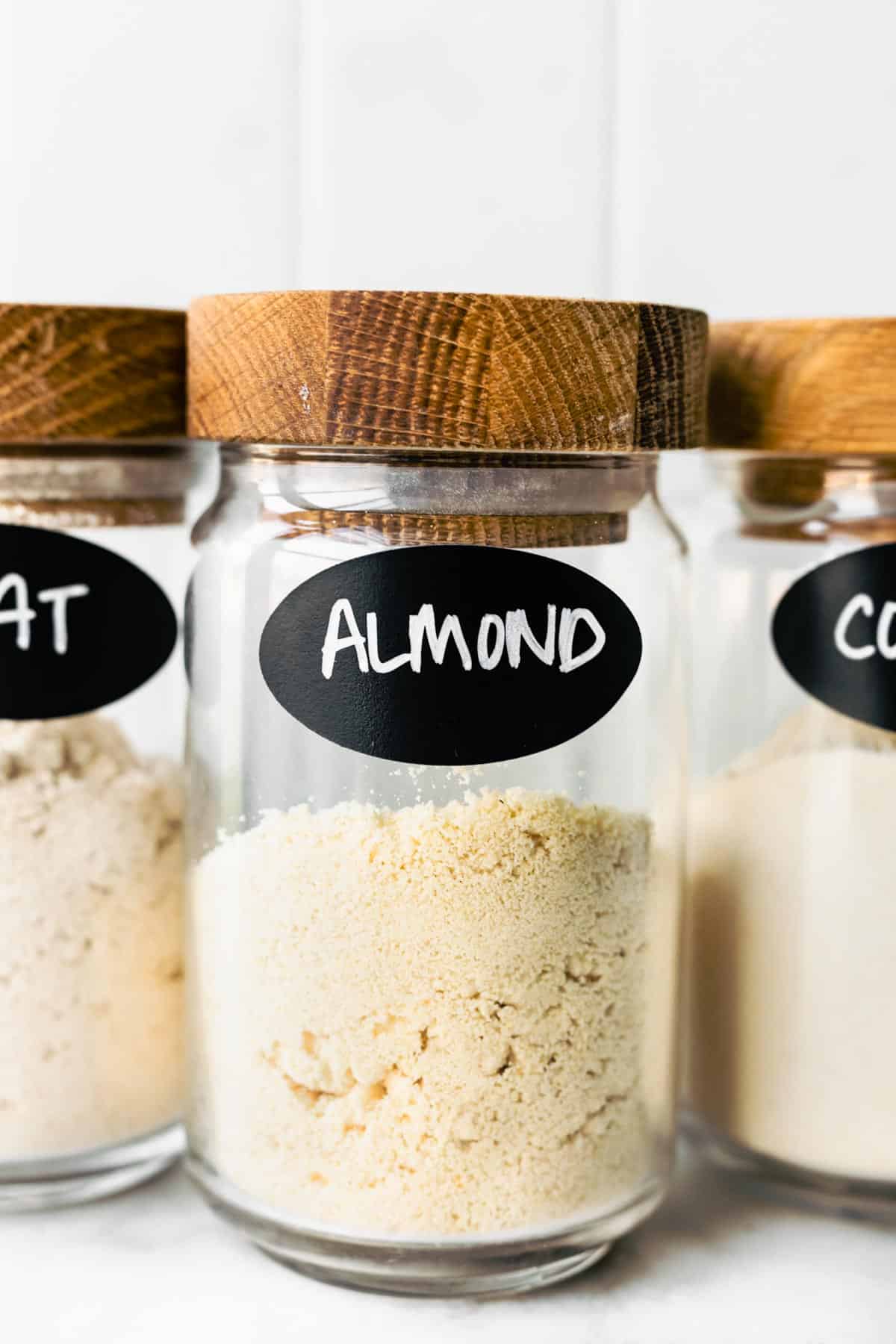
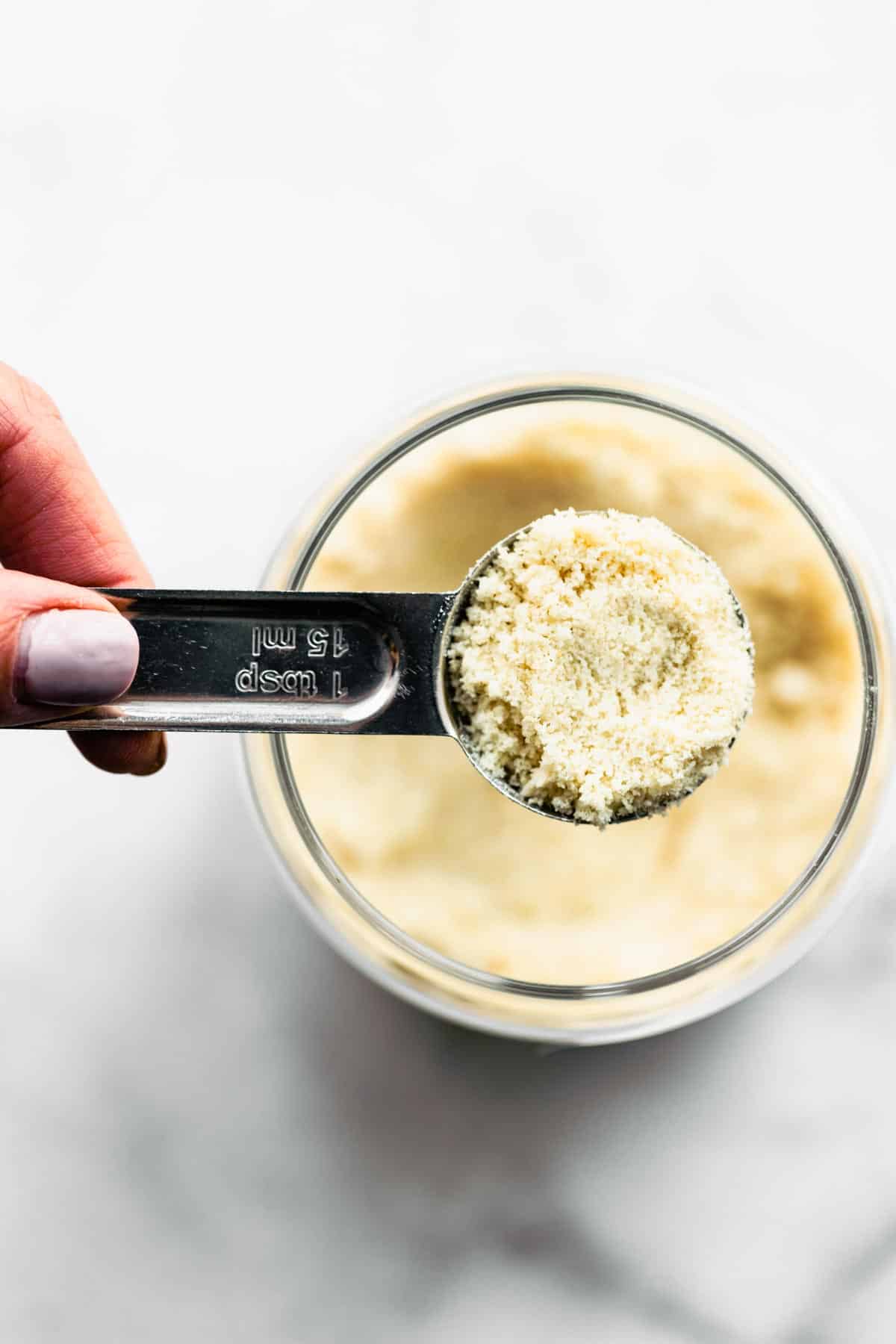
Almond Flour vs Almond Meal: Both are made from whole almonds. However, almond flour is made from blanched almonds (without the skin) whereas almond meal is made from unpeeled almonds. As a result, almond flour has a softer, finer consistency, and almond meal is slightly more coarse.
Health Benefits: A good source of fiber and monounsaturated fats, almond flour is also rich in nutrients like vitamin E, magnesium, manganese, copper, and phosphorous. (Source)
What It’s Best For: Gluten-free baked goods such as cookies, cakes, quick breads, and macarons. Our favorite being cinnamon almond flour bread, of course!
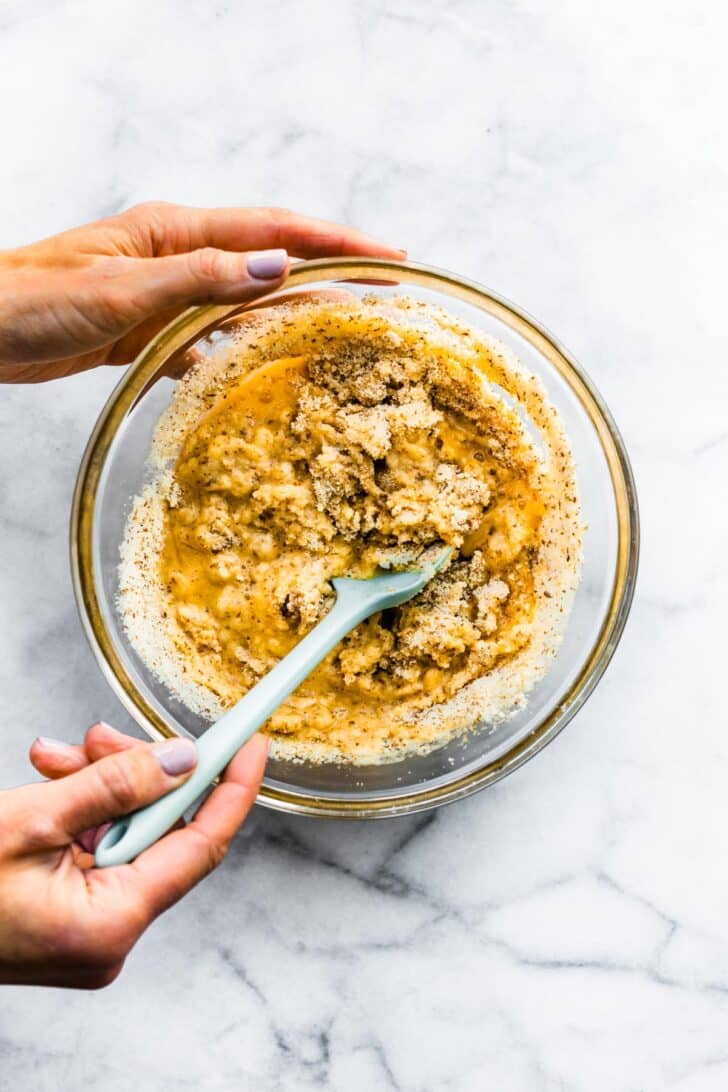
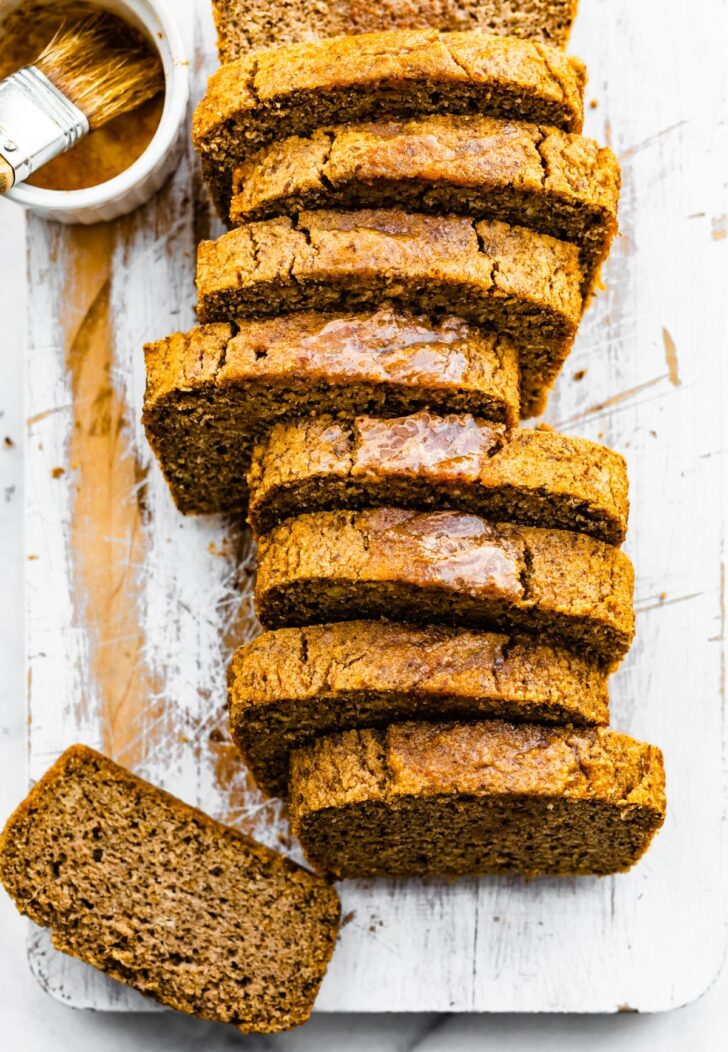
Note: Pair almond flour with coconut flour for the best quick breads, pancakes, and other baked goods that don’t require a lot of rise to create a moist but soft texture. For the best results, use a ratio of 3:1 for almond flour to coconut flour.
Oat Flour
What It Is: A gluten-free flour made from whole ground oats.
For us, gluten-free oat flour is a staple in our kitchens. Plus, it’s super affordable to buy at the store or make on your own! See our tutorial on HOW TO MAKE OAT FLOUR.
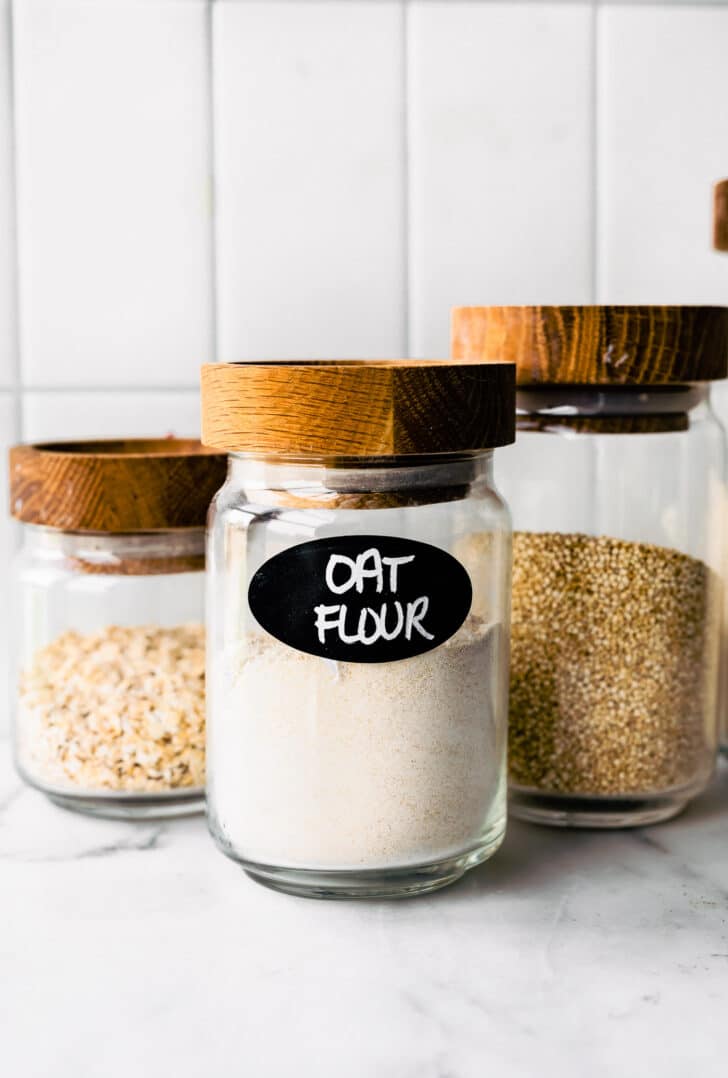
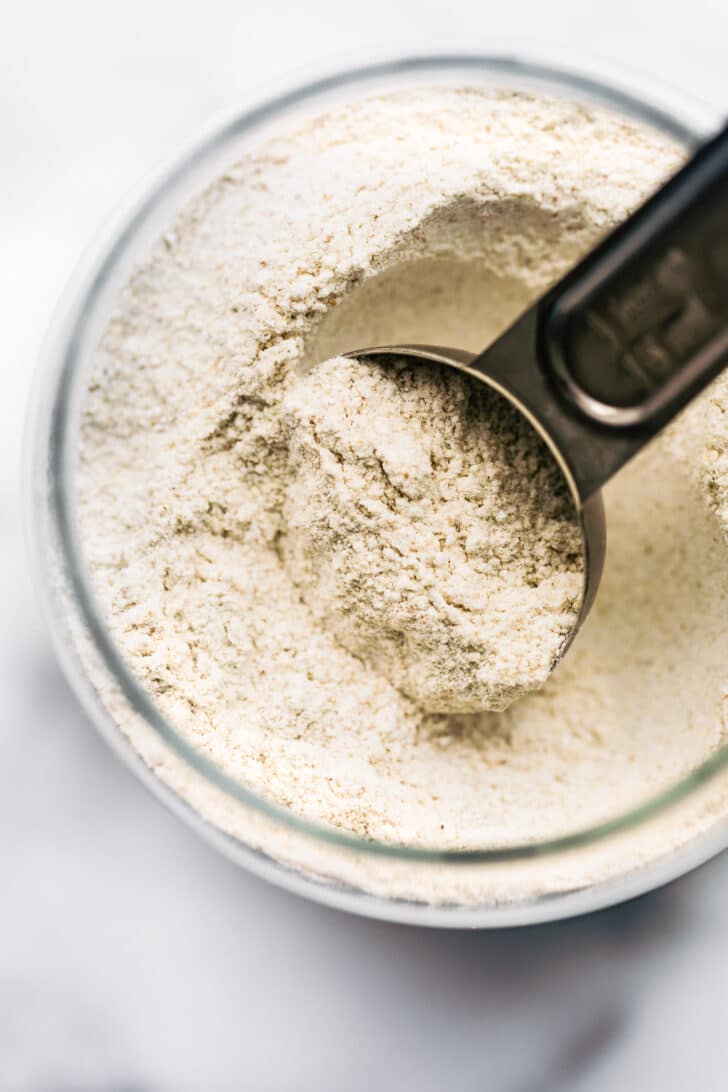
Health Benefits: A good source of complex carbs and high in fiber, oat flour is also rich in vitamins and nutrients such as manganese, selenium, phosphorous, magnesium, and omega fatty acids. (Source)
What It’s Best For: A versatile option, oat flour can be used in a wide variety of baked goods such as pancakes, waffles, muffins, crisps, crumbles, crepes, gluten-free graham crackers, and more!
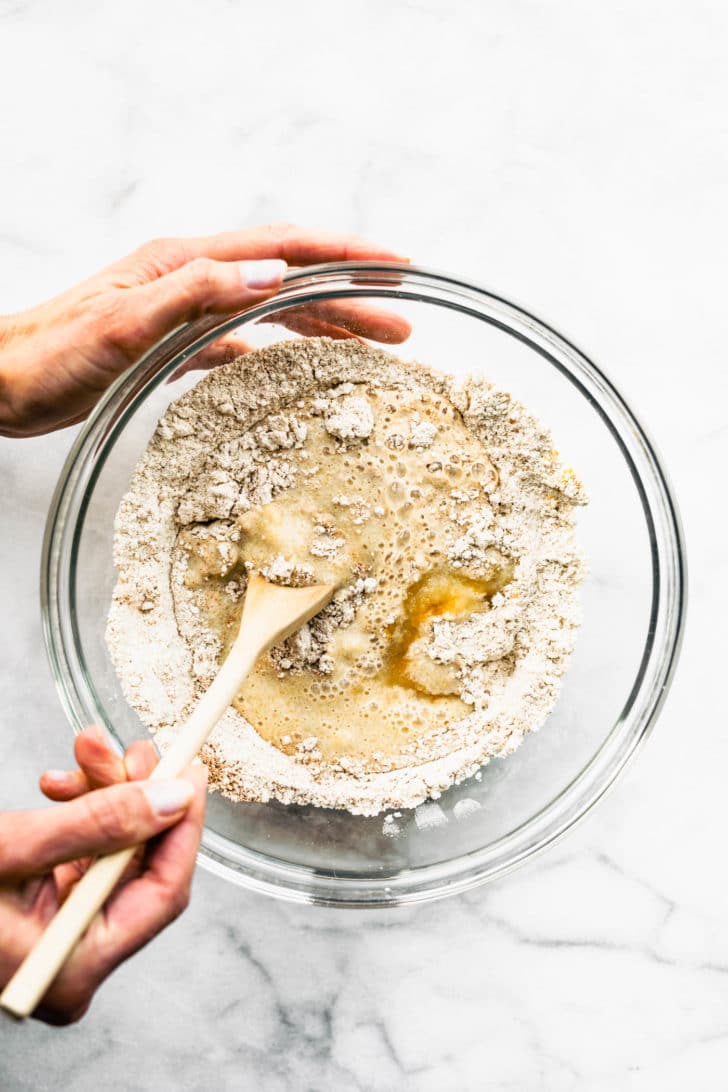
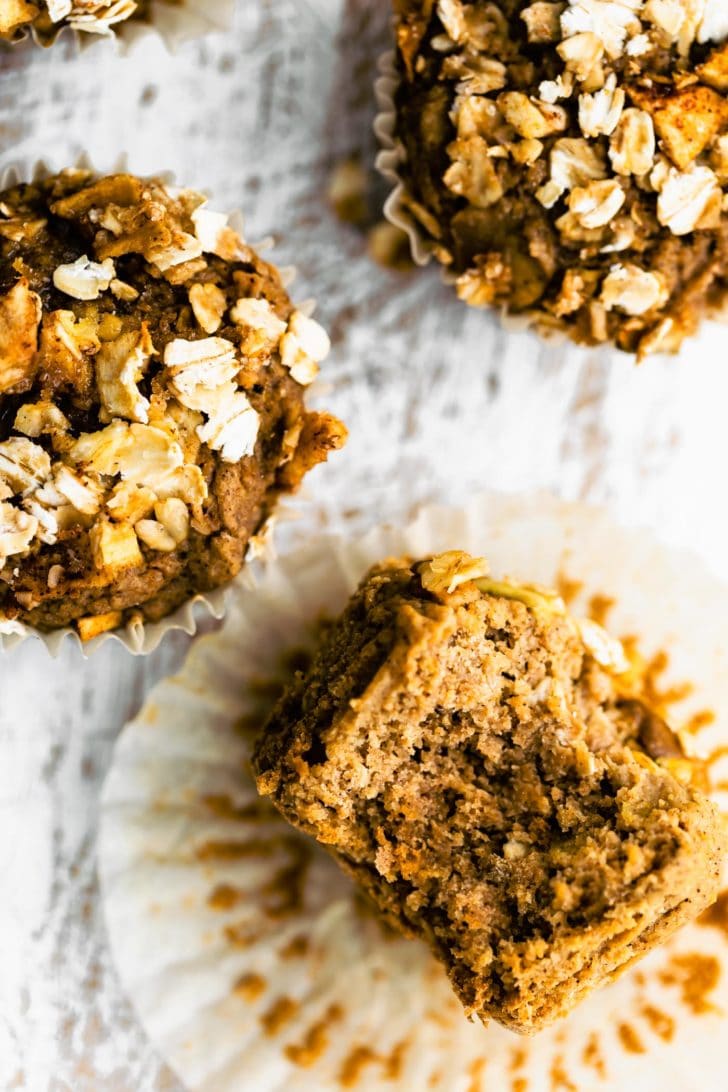
Note: Pair oat flour and almond flour for fluffy soft baked goods such as cake, cupcakes, and muffins.
Coconut Flour
What It Is: A gluten-free flour made from dried, ground coconut meat. The coconut meat is dried at a low temperature before grinding, which gives the flour a soft powder like texture suitable for baking.
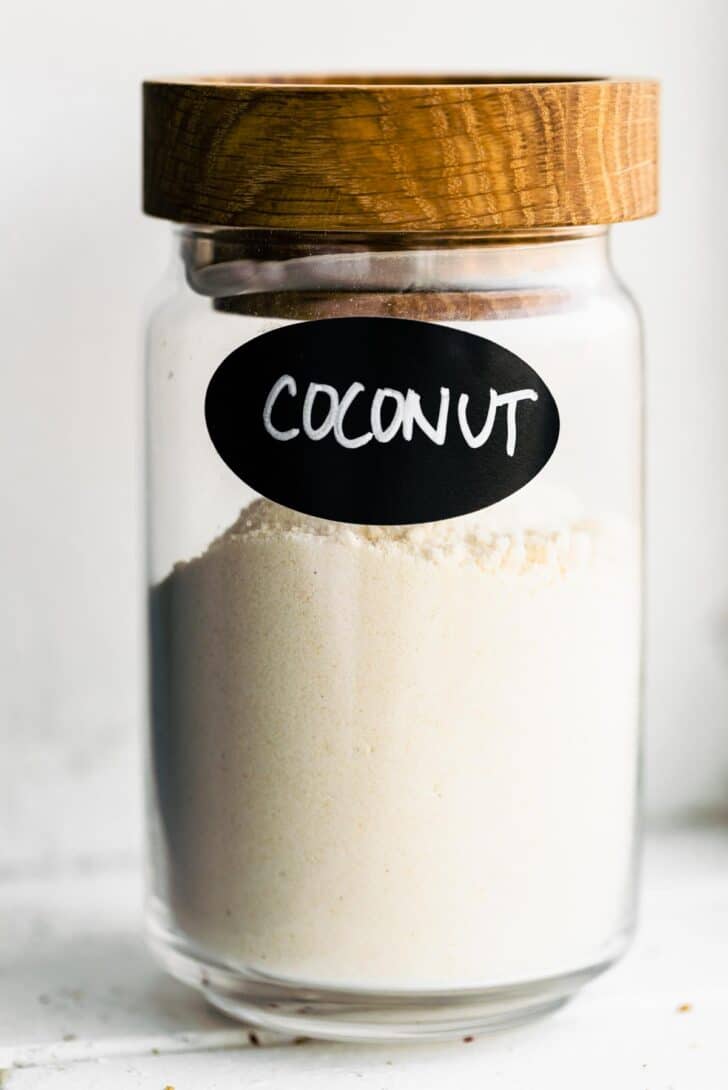
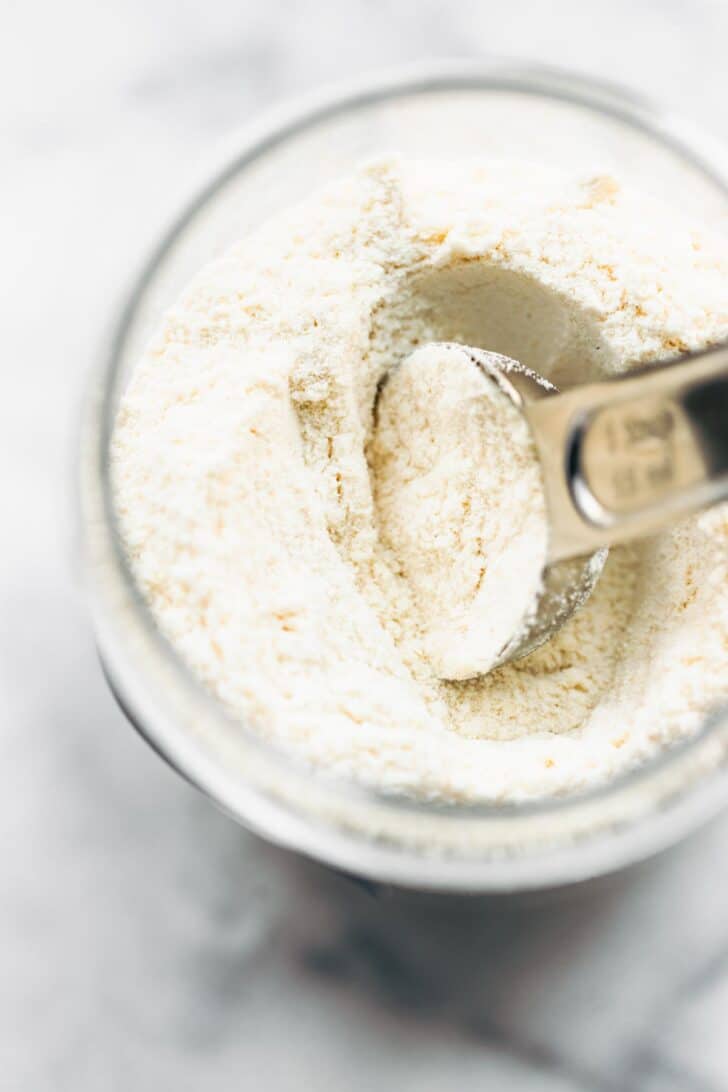
Health Benefits: High in fiber and plant-based protein, coconut flour is also a good source of iron and potassium. (Source)
What It’s Best For: A bit finicky due to its tendency to absorb large amounts of liquid, coconut flour is great in cakes, muffins, and breads.
NOTE – If using coconut flour as a gluten-free flour alternative, replace every 1 cup of regular flour with ¼-⅓ cup of coconut flour, and add more eggs or liquid. Coconut flour is much more absorbent than regular flour, meaning you’ll have dry baked goods if you don’t add enough liquid!
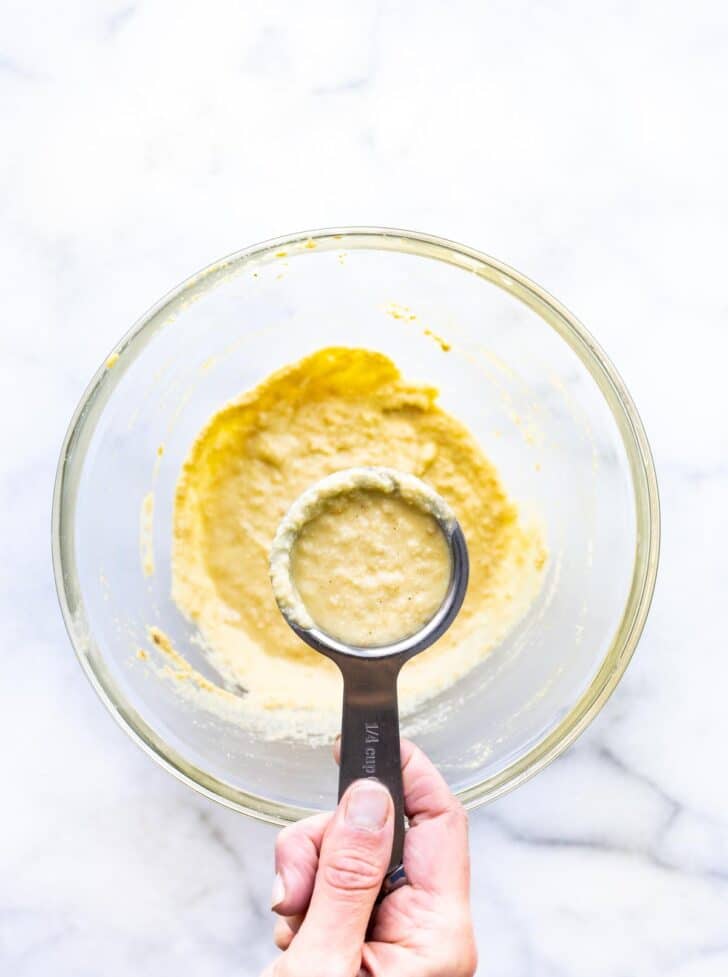
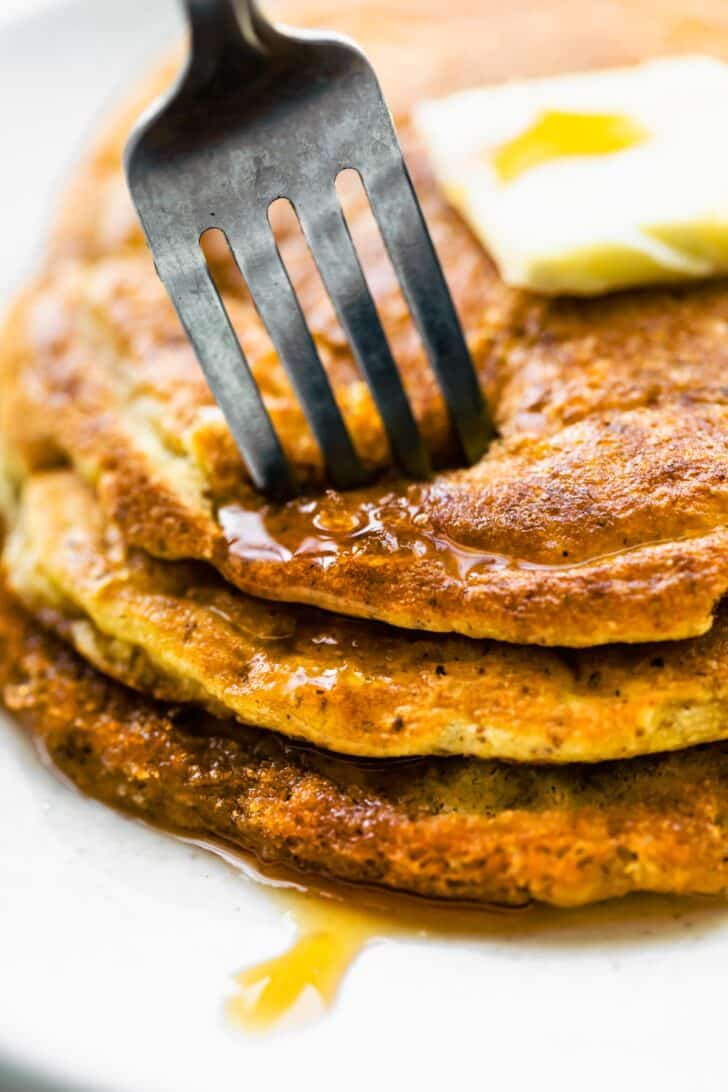
Tips for Using Coconut Flour: We love to pair coconut flour with almond flour or oat flour to achieve sturdy baked goods that have a soft, fluffy texture like in these muffins. Coconut flour (when used by itself) requires a higher liquid or egg ratio, but when you get that right it creates a magical soft texture. Like in coconut flour pancakes!
Honorable Mention – Tapioca Flour
What It Is: A baking essential, tapioca flour (also known as tapioca starch) is a sweet flour that is used as a thickening agent in gluten-free recipes.
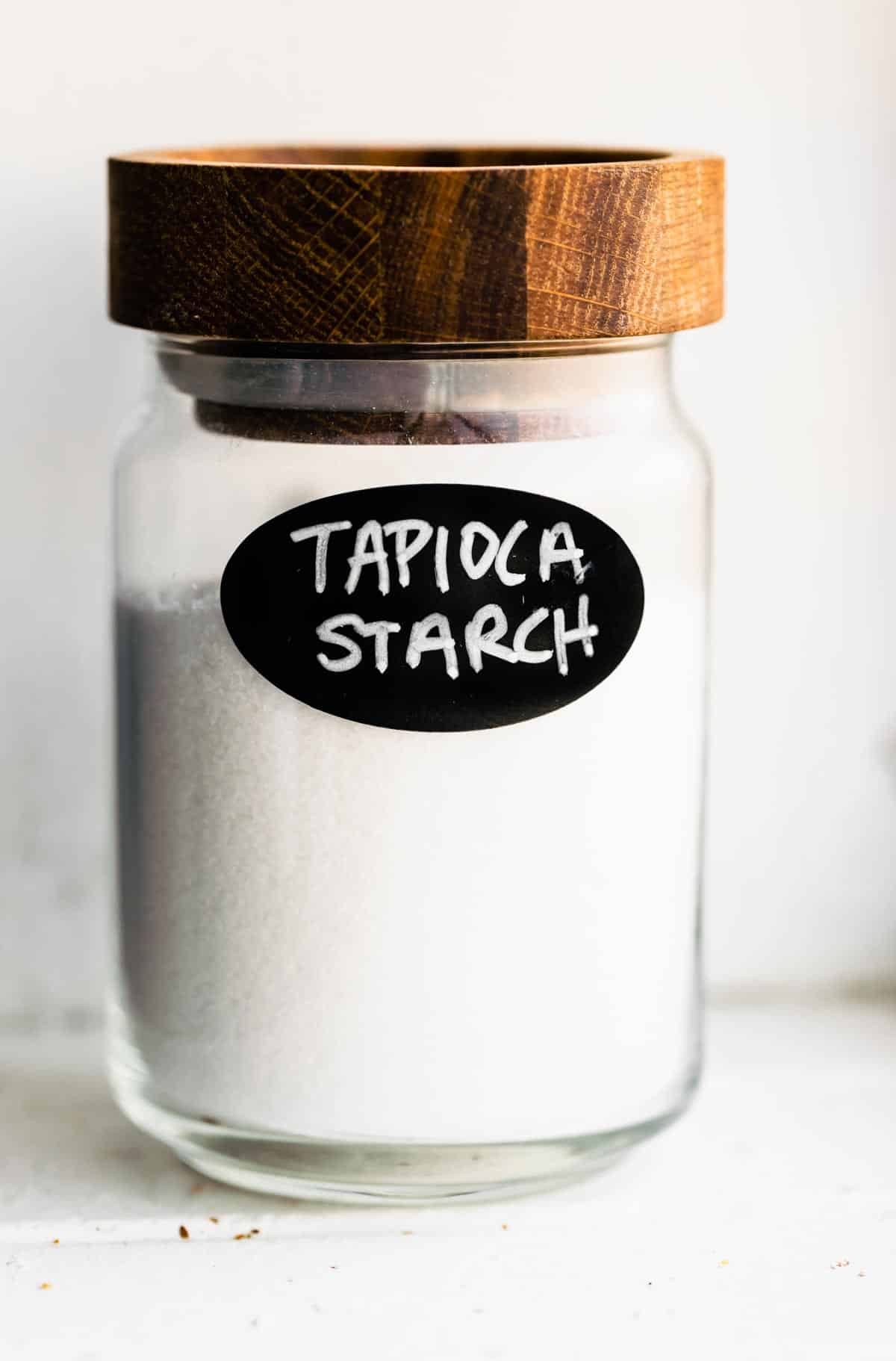
What It’s Best For: Extremely versatile, tapioca flour is used in everything from soups and stews to sauces, cookies, cake, bread, and more.
How to Measure – Grams to Cups Conversion
It is crucial to accurately measure your gluten-free flour for baking. Otherwise, your recipes are likely to be dense, hard, or simply fall apart! For the most accurate results, we always recommend using a food scale. However, for easy cooking, download the chart below to make grams to cups conversions a breeze!
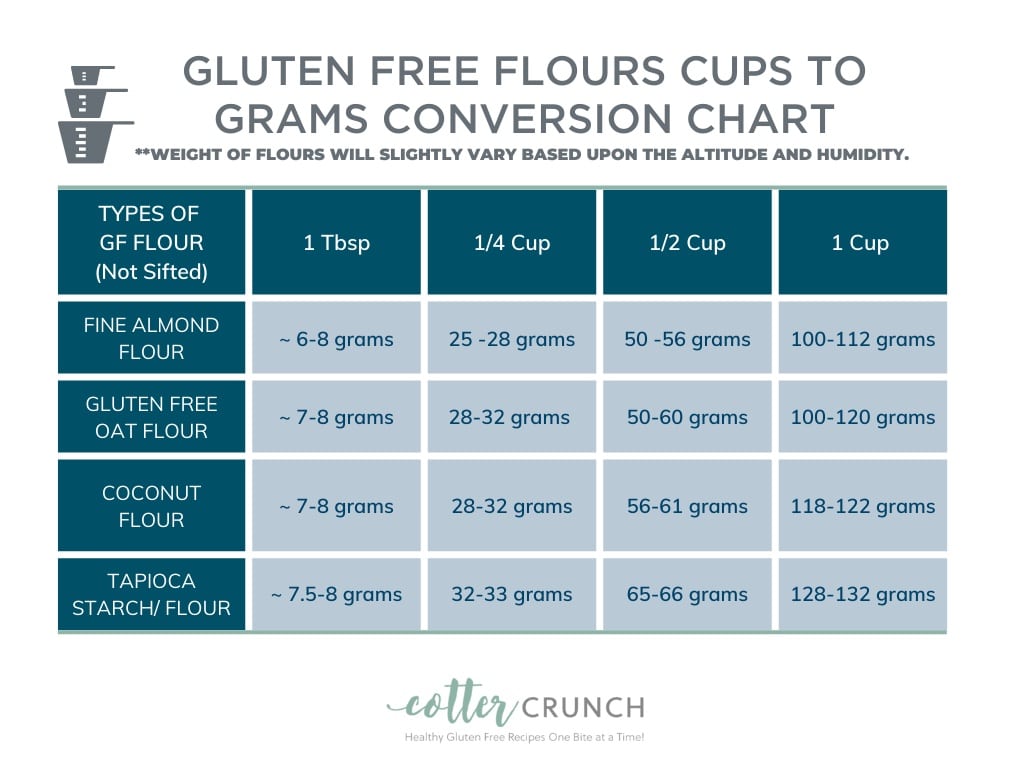
The Best Recipes to Use Gluten-Free Flour
Pretty much any recipe that uses wheat flour can be made gluten-free. If you’re looking for something specific, let us know in the comments below, and we’ll be happy to help! However, some of our all-time favorite recipes using gluten-free four include:

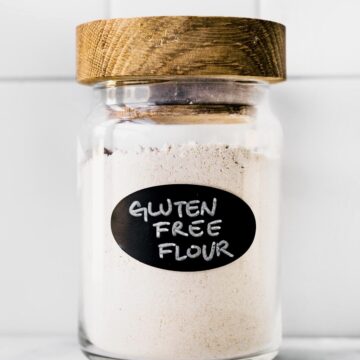
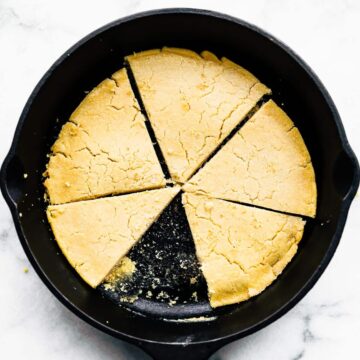
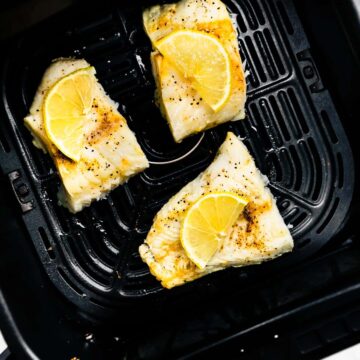
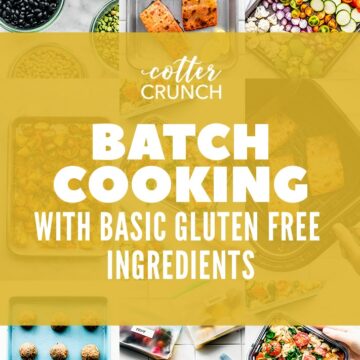


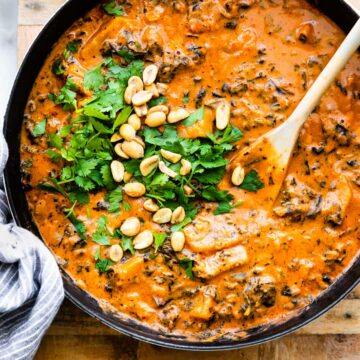
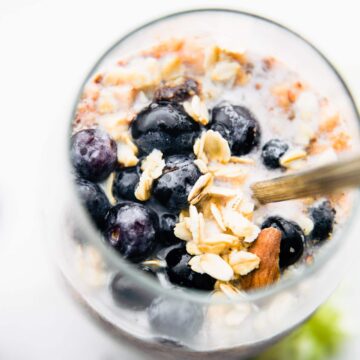
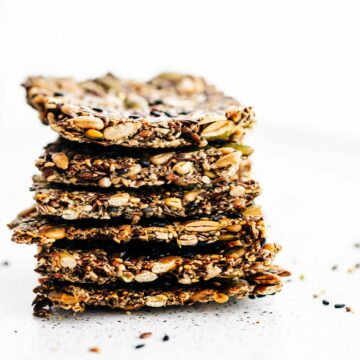
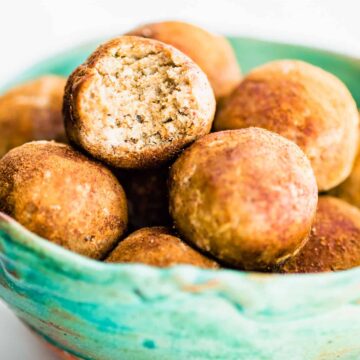
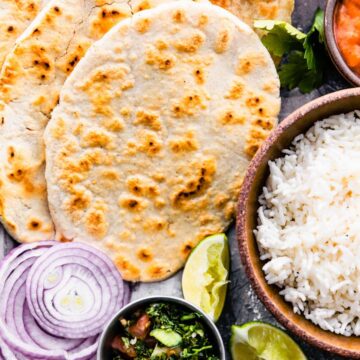
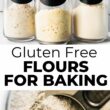
Thanks for the info! Could you please go into how to measure each flour? I never know it I should pack it in or lightly drop into the measuring cup?
Sure thing! You don’t want to overly pack the flour in your measuring cups. Just scoop it up loosely, and, if you can, measure grams with a food scale to ensure proper amounts. A food scale comes in handy when baking with all types of flours! Hope that helps!
Thanks for the info. Your article clears up a lot of mystery about various flours and how to use them. One question please, how long can I store the various flours in my refrigerator if they are in airtight bags?
Sure! I store homemade flours and gluten free flours in a glass jar or airtight container at room temperature for 2-3 months.
For longer-lasting flour, store in a freezer friendly container/bag and freeze for up to 6 months.
Do you feel that quinoa flour works as well as other GF flours for baking muffins, cookies and bars? Is there any disadvantage to working with quinoa flour? I don’t tolerate oat, almond or coconut flours very well so looking for an alternative.
Thank you.
Good question! So I’ve used quinoa interchangeably with oat flour, but quinoa flour has a much more distinctive taste. Kinda like buckwheat flour, more earthy. I usually toast my quinoa flour first so it has a less distinct smell. But it’s great in muffins and pancakes!